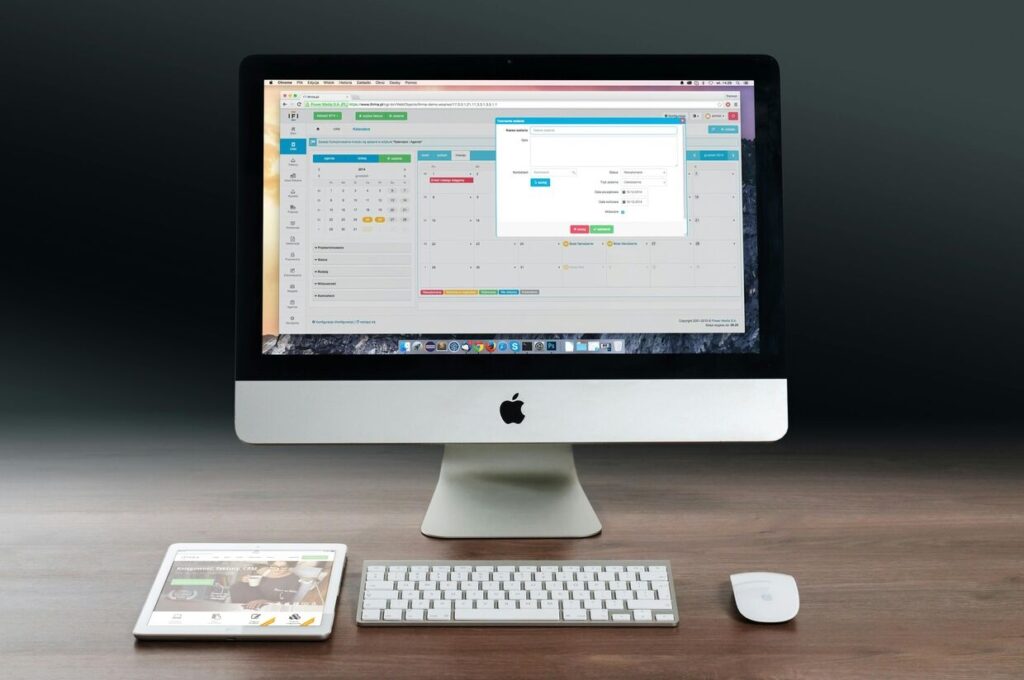Managing a few rental units can be done with spreadsheets, sticky notes, and a few late night texts. But once your real estate portfolio crosses the 10 property threshold, those DIY tactics become inefficient and risky. Investors at scale need reliable systems to manage tenants, finances, documents, maintenance, and communications without burning out.
In this guide, we explore the five essential tech tools that help investors streamline operations, boost efficiency, and scale sustainably. These aren’t just conveniences they’re the infrastructure behind every successful high volume rental business.
1. Property Management Software

Managing leases, rent collection, tenant communication, and vacancies across multiple units manually becomes chaotic and time consuming. Property management software centralizes these processes, giving investors clarity, automation, and real-time control.
Why It Matters:
- Automates rent reminders and late fees
- Centralizes lease and tenant communication
- Tracks unit availability, move ins, and turnovers
- Integrates with accounting platforms
Top Tools to Consider:
a. Buildium
Tailored for mid-to-large portfolios, Buildium supports online rent payments, maintenance tracking, and tenant screening. Its mobile friendly dashboard makes managing a large portfolio intuitive.
b. AppFolio
Known for robust reporting and automation features, AppFolio offers advanced tools for marketing vacancies, tracking maintenance, and running detailed financial reports. It is ideal for both residential and mixed use portfolios.
c. TenantCloud
Great for investors looking for a cost effective option. It includes rental applications, payments and communication features. Best suited for smaller operations scaling up.
Pro Tip: Choose a platform that integrates with your accounting and CRM software to reduce double work and errors.
2. Accounting and Bookkeeping Software

With more properties come more income streams, expense categories, and tax complexities. Proper financial tracking is not optional, it is critical. Using software designed for real estate accounting can save hours and eliminate tax season panic.
Why It Matters:
- Tracks income and expenses by property
- Prepares cash flow and ROI reports
- Supports tax filing and audit readiness
Top Tools:
a. Stessa
Built specifically for real estate investors, Stessa offers automated income and expense tracking, document uploads, and tax ready reporting. It also allows you to track performance across your entire portfolio for free.
b. QuickBooks Online
A versatile option for investors who need broader business management functionality. While not built solely for real estate, QuickBooks offers custom tagging and integrations that can make tracking large portfolios seamless.
3. Customer Relationship Management (CRM) System

For real estate investors managing leads, wholesale partners, lenders or JV opportunities, a CRM is essential. It tracks interactions, automates follow-ups and helps nurture relationships that fuel long-term growth.
Why It Matters:
- Manages acquisition pipeline
- Tracks investor or vendor communications
- Automates follow-up tasks and reminders
- Helps segment contacts (buyers, sellers, tenants)
Top Tools:
a. REsimpli
Built for real estate wholesalers and investors, REsimpli combines CRM, marketing automation and lead tracking. Great for managing off-market deal flow and staying organized through acquisition.
b. HubSpot CRM
A powerful free CRM solution, HubSpot is ideal for managing partnerships and investor relations. It integrates well with email tools and can track deal stages, tasks and communication logs.
Example: A growing investor team uses REsimpli to manage inbound seller leads while using HubSpot to manage LP relationships for a new real estate syndication.
4. Maintenance Request and Vendor Management Tool

As portfolios grow, so do maintenance requests. Keeping track via email or text becomes unsustainable and prone to error. A maintenance platform ensures requests are logged, tracked and resolved systematically.
Why It Matters:
- Tracks repair status and vendor activity
- Improves tenant satisfaction with faster service
- Keeps a digital record for legal protection
Top Tools:
a. Property Meld
Designed for seamless maintenance coordination. Tenants submit requests, vendors receive assignments, and the system tracks resolution times. Property Meld also gathers tenant feedback post repair.
b. Latchel
Offers 24/7 maintenance coordination with tenant support, freeing property owners from late night calls. Latchel can be bundled with tenant benefit packages and integrates with major property management systems.
5. Document Storage and E-Signature Platforms

Every lease agreement, inspection form and vendor invoice adds to the mountain of paperwork. Organizing and securing these documents is vital for compliance, audits and efficiency.
Why It Matters:
- Streamlines lease renewals and contract signing
- Centralizes access to documents from anywhere
- Ensures backups in case of litigation or audit
Top Tools:
a. Google Drive + DocuSign
This powerful duo handles both storage and signature collection. DocuSign ensures legally binding signatures, while Google Drive organizes documents with folder permissions and cloud access.
b. Dropbox Sign (formerly HelloSign)
An alternative to DocuSign, Dropbox Sign integrates with Dropbox for a seamless document flow. Ideal for investors already using Dropbox for property files.
Conclusion
At 10+ properties, real estate investing becomes a business—and every business needs systems. The right tools don’t just reduce headaches; they protect your time, improve your margins, and prepare you for exponential growth. By using the right tools, you position yourself to scale efficiently, automate smartly, and invest like a pro.
Other Related Topics you should read
8 Mistakes to Avoid When Expanding a Rental Portfolio
https://realestatetalks.org/2025/05/19/8-mistakes-to-avoid-when-expanding-a-rental-portfolio
Practical Steps to Start Investing in Real Estate for Complete Beginners
https://realestatetalks.org/2024/10/14/practical-steps-to-start-investing-in-real-estate-for-complete-beginners
Silent Wealth: Building Passive Income Through Off-Market Deals
https://realestatetalks.org/2025/05/26/silent-wealth-building-passive-income-through-off-market-deals


